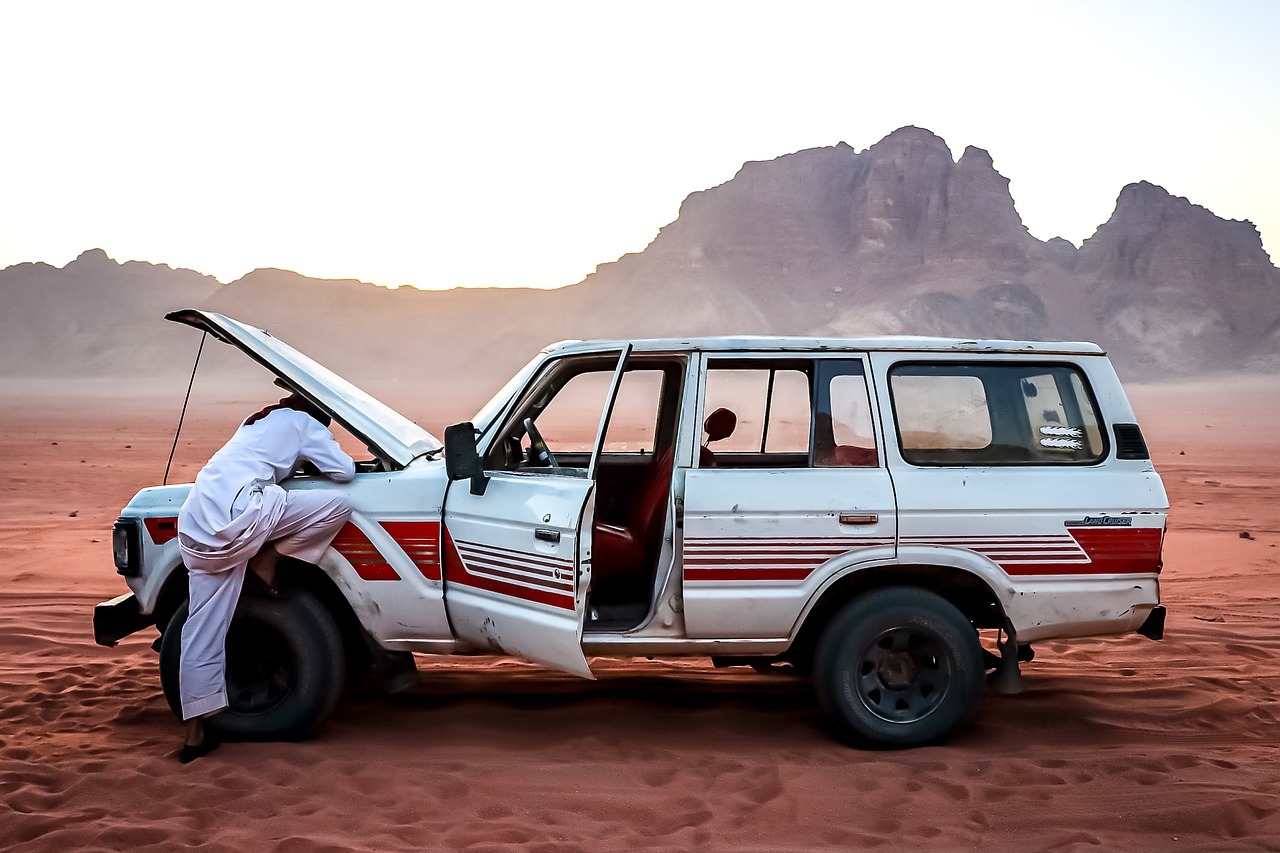One of the most stressful things that can happen to a vehicle owner is a breakdown. Car trouble is always frustrating, but experiencing these issues on the road can be downright dangerous. If you find yourself having car trouble while on the road, you need to make your personal safety and that of any passengers your top priority. After you start to notice problems with your vehicle, there are several steps you should follow to keep everyone safe and make sure you get the help you need in a timely matter. The steps you should take include the following:
1. Make yourself visible.
As soon as you notice something may be wrong, you need to make yourself visible to other motorists by turning on your hazard lights. When other drivers see these lights, they should give you room so that you can get off the road and to a safe place. If you make sudden movements without this signal, you could send the wrong message to other drivers and put everyone at risk. Make sure to keep your hazards on until help arrives, even if you are safely away from travel lanes and on the side of the road.
2. Move safely away from traffic.
Ideally, you should try to pull off onto the right shoulder of the road. This place is where other drivers expect to see disabled cars. If this is not possible, you can also move onto the left shoulder. The key point is to move away from other vehicles to minimize any chance of collision. Ideally, you should find a flat location to park, which will also maximize visibility. Get as far away from traffic as possible while still ensuring you are in a safe place while you wait for help to come. Take the time to look around the vehicle to make sure your surroundings are secure.
3. Secure your vehicle.
Once you are out of the way of other vehicles, make sure you pull the emergency brake to keep the car securely in place. If you drive a manual, you can also leave the vehicle in first gear to prevent it from moving. As already mentioned, you should ideally find flat land for the vehicle, but this is not always possible. If you must leave the car on a slope or a hill, turn the wheels away from the road to make sure the vehicle does not roll into traffic.
4. Signal to other drivers on the road.
If you are on a crowded road or a highway, you should stay in your vehicle until help arrives. However, if it is safe to do so, you can investigate your vehicle for damage. Before doing this, make sure there are no cars around and exit from the passenger side if you parked on the right shoulder. Once safely out of the vehicle, prop up your hood so that other drivers know you have broken down and they need to proceed with caution. If you have them in your vehicle, you can set up flares or reflective triangles down the road so that drivers know you are ahead. Again, do not do this if you are on a highway or a crowded road as it is not safe to leave your vehicle in these conditions.
5. Call the appropriate party for help.
Once all these other steps have been followed, it is time to seek out some help. There are some apps you can use, but if you are unsure, it is probably best to call. You may want to call a tow company, a trusted mechanic, or a roadside assistance service. Your insurance company may also be able to help you, as many policies include roadside assistance. If you feel like your situation is an emergency for any reason or you are unsure who else to call, you can contact 911 to speak to the local police. They will be able to provide advice and help ensure your safety as you get in touch with the most appropriate person. However, if your vehicle is obstructing the road and you are unable to move it, always call the police first.
6. Invest in a breakdown kit.
If you have a breakdown kit, use it to help yourself out of the situation and keep yourself safe as you wait for help. The exact contents will depend on your situation, but some great items to include are a power bank for a mobile phone, a reflective jacket, warning triangles, a tire puncture repair kit, a flashlight, water, and some warm clothing. You may also want to include jumper cables, a tow rope, a first aid kit, and nonperishable food.
